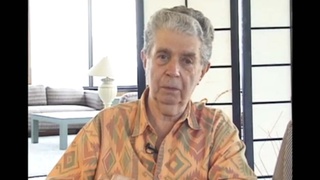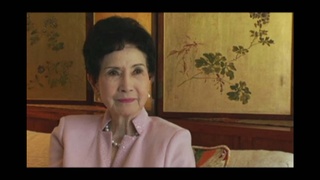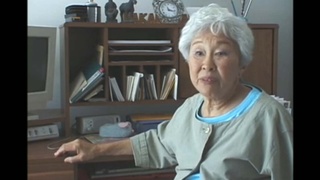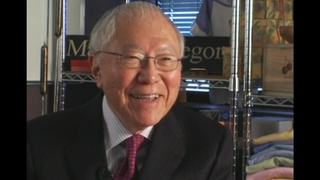Interviews
Resettling in Chatham
But it was tough, at the beginning. And I can remember overhearing a conversation of Jack Nishizaki, and he was an older Nisei gentleman at that point. He came from a large family and he was talking with his brothers - and now Jack is a black belt Judoist. They were talking, whispering. He said, “I was attacked by a bunch of guys that worked. They called me a dirty Jap, go home, and they tried to do a number. So I did a--” And described this move, and managed to disarm this violent attack and lay them out.
Well, I mean, shit. I had my own battles, going to and from school with much less skill and even lesser glory. It was difficult. Even little things, like I remember my father was able to buy a house. He was one of the first people to buy a house, and I grew up in the black ghetto of Chatham, the poor part of town. Chatham is rather unique in having such a thing as a poor black community because Chatham was once the terminal of the Underground Railroad. So growing up, I played with my Nisei friends and the black kids in the neighborhoods who were the descendants of runaway slaves.
Date: February 9, 2011
Location: California, US
Interviewer: Patricia Wakida, John Esaki
Contributed by: Watase Media Arts Center, Japanese American National Museum
Explore More Videos

Encountering racial discrimination at a public swimming pool
(b. 1923) Nisei from Washington. Resisted draft during WWII.

His testimony has more credibility because of his race
(1922 - 2005) Former U.S. Army counterintelligence officer

Gender discrimination in education field
(1925 - 2018) Nisei educator from Hawai‘i

First impression of New York City during war time
(1915 - 2011) Nisei florist who resettled in New York City after WW II. Active in Japanese American civil rights movement

Not bringing shame to family
(1926 - 2012) Scholar and professor of anthropology. Leader in the establishment of ethnic studies as an academic discipline

Past ties to present situation in Middle East
(1926 - 2012) Scholar and professor of anthropology. Leader in the establishment of ethnic studies as an academic discipline

Didn't have rights that whites had
(1922–2014) Political and civil rights activist.

Californians didn't know about evacuation
(1922–2014) Political and civil rights activist.

Her experience as a Japanese-American schoolchild in Oceanside, California, after the bombing of Pearl Harbor
(1924-2018) Artist and playwright.

Change in attitudes after World War II
(b. 1924) Political scientist, educator, and administrator from Hawai`i

Thoughts on the post-9/11 atmosphere in the U.S.
(1930-2018) Nisei born in Peru. Taken to the United States during WWII.

Dealing with racism within army unit in Korea
(b. 1939) Japanese American painter, printmaker & professor

Making the decision to resist the draft
(b. 1923) Nisei from Washington. Resisted draft during WWII.

Undergraduate studies interrupted following Pearl Harbor
(b. 1921) Nisei businessman. Established "Made in Oregon" retail stores

Difficulty getting work during World War II
(b. 1921) Nisei businessman. Established "Made in Oregon" retail stores
